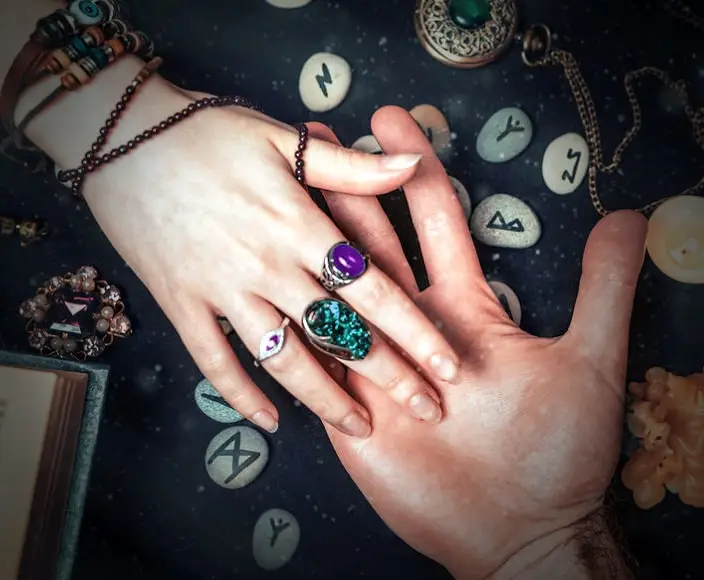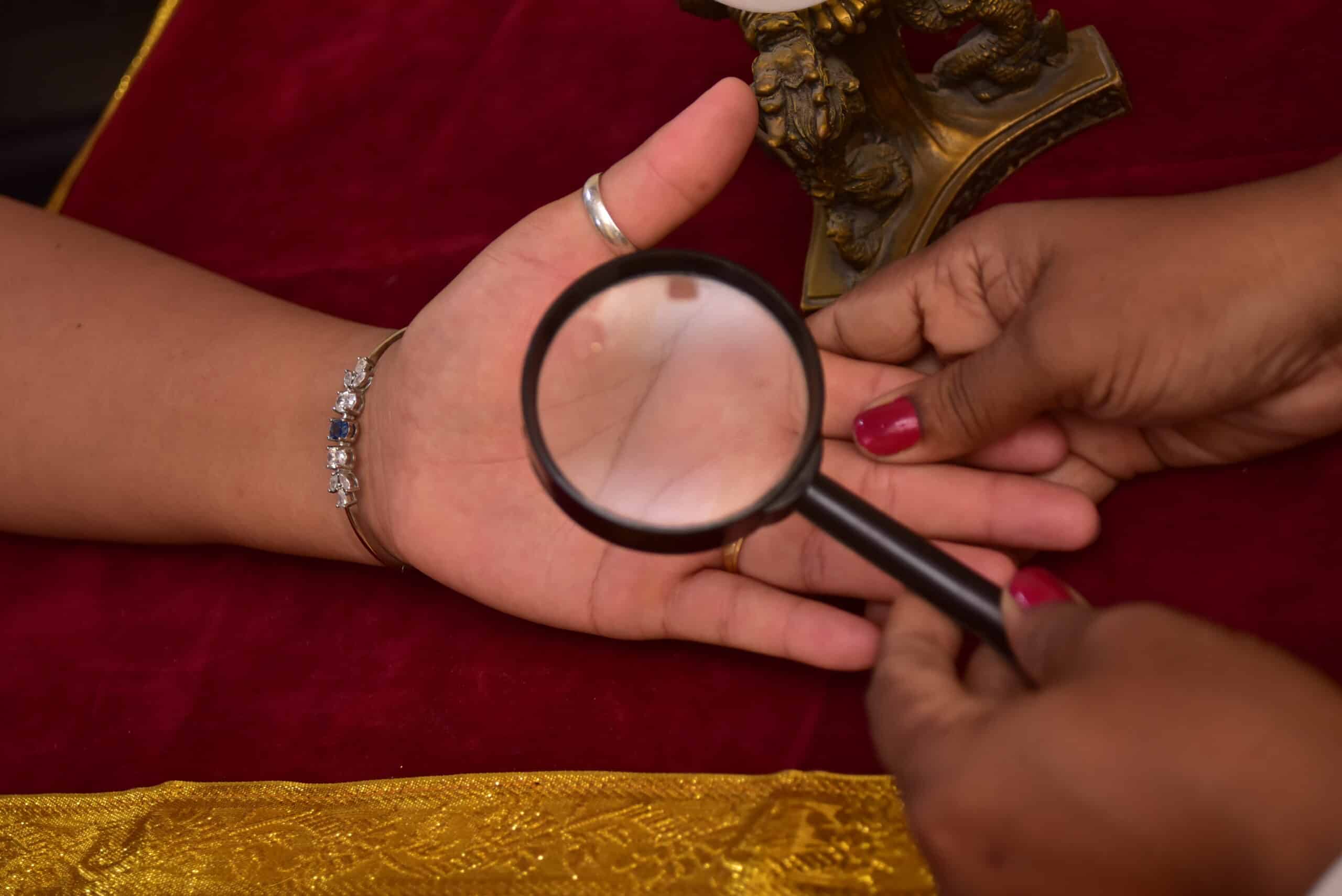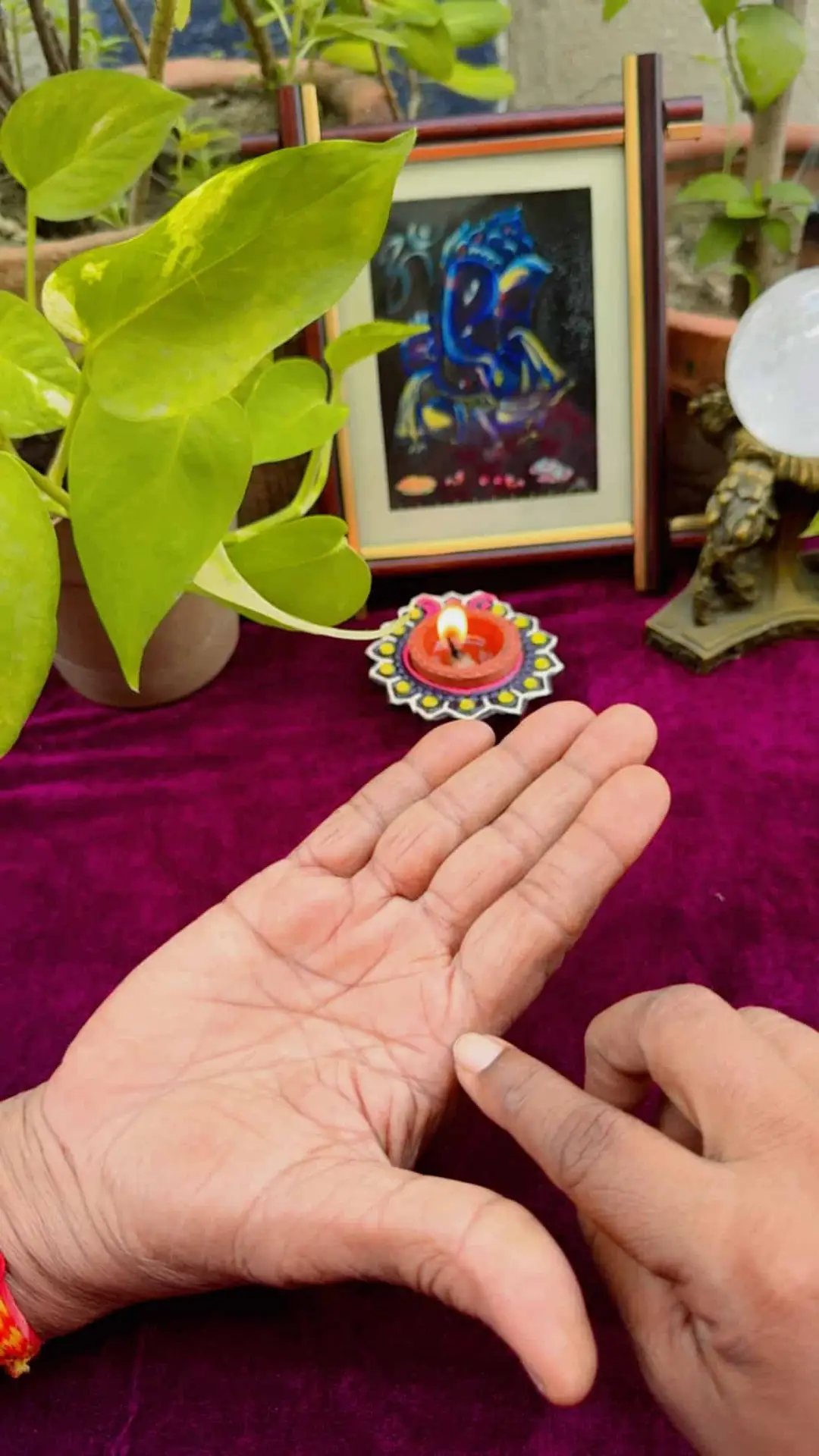


Although the actual roots of palmistry are unknown, it is assumed to have originated in India. We do know that it ultimately expanded throughout China, Tibet, Egypt, Greece (Aristotle, the Greek philosopher, included palmistry in his writings), and Persia. The magical practise eventually came under fire from Middle Ages witch-hunters, but it resurfaced during the Renaissance and again during the Enlightenment. During the twentieth century, renowned psychiatrist Carl Jung, among others, rediscovered palm reading, and it has since become a popular pastime among fortunetellers and more casual mystics.
What a palm reading can tell you.
According to Cassandra Eason, author of A Little Bit of Palmistry, the hand is regarded to represent “an access point to the inner self.” Palmists think that the lines, mounds, and patterns on our hands may reveal information about our skills, personalities, and dreams, as well as past incarnations, current circumstances, and destiny. “The lines and marks serve the same purpose as a tarot card,” Eason explains, “and each has a fundamental significance.”
The “active” or dominant hand in palmistry indicates possibilities and problems in the present and future, whereas the nondominant or “inactive” hand exposes your potential and long-term ambitions.


How to set up for a palm reading.
One of the best things about palm reading is that you don’t have to spend any money to get started. When studying hands in great detail, Eason recommends highlighting the lines and marks with baby powder if some areas are difficult to detect.
She also suggests maintaining a palmistry notebook to document what you uncover over time if you want to keep track of your palms over time—because, sure, they will change. This may be accomplished by tracing your hand and sketching in what you observe, keeping in mind to date the figure.
Copyright © 2025 Divine remedy Research Centre. All Right Reserved. Devloped By WebExpertInfoTech